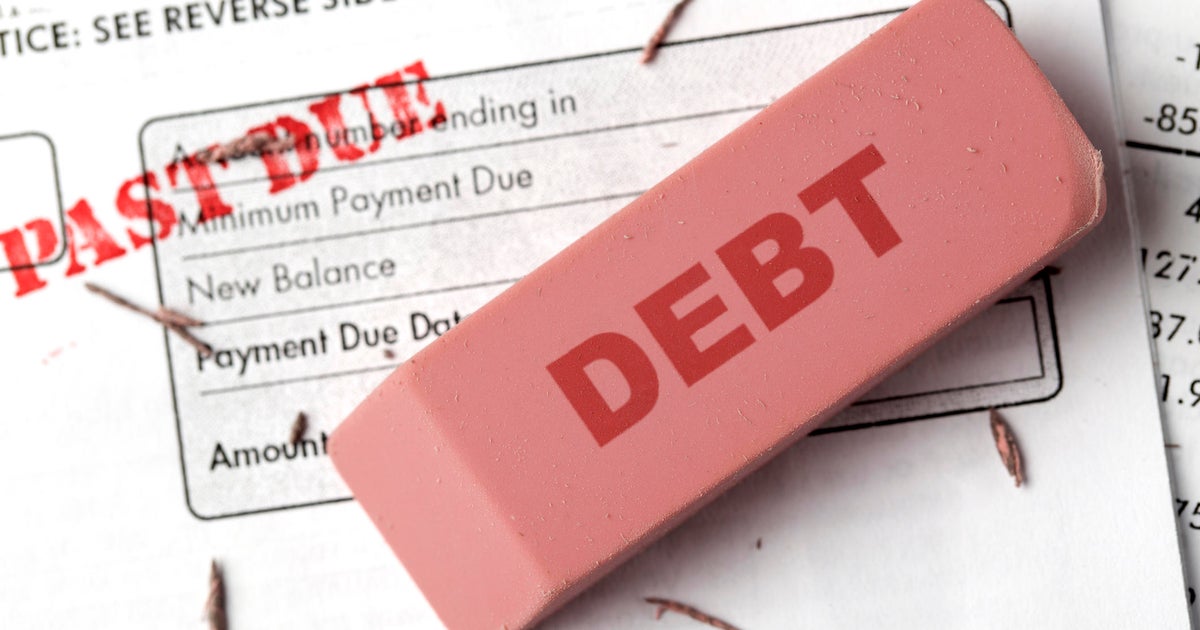Why you should open a high-yield savings account now
The Federal Reserve raised interest rates seven times in 2022, and once again this February. The elevated interest rates, now at a 15-year peak, are raising the cost of borrowing for mortgages and other types of loans. Higher interest rates also make it more expensive to carry a balance on your credit cards.
But not all the news is negative. Elevated interest rates can be a good thing when it comes to your savings, especially if you're considering opening a high-yield savings account. A high-yield savings account is a savings instrument that usually offers a higher interest rate, or yield, than a traditional savings account. In this article, we will discuss what you need to know about high-yield savings accounts and why now might be a good time to open a new account. You can easily explore your local high-yield options here to see how much you could be making or use the table below to get started.
High-yield savings interest rates then and now
In October 2020, the average standard savings account earned around 0.05% interest, while banks and credit unions offered annual percentage yields (APYs) at least 10 times (0.50%) higher. By 2021, interest rates were rising and, as a result, the top high-yield savings accounts rates averaged around 3.70%.
Fast forward to 2023, and the average interest rates for top high-yield savings accounts are around 4.07%. That rate is more than 3.5 points higher than it was in 2020. Based on the above numbers, a $1,000 deposit with no further contributions would've earned you $5 in a high-yield savings account with 0.50% interest in 2020. By contrast, that same deposit figures to earn $40.70 in 2023 at the rate of 4.07%.
These numbers suggest that 2023 is an advantageous time to deposit your savings into a high-yield savings account, especially compared to a traditional savings account earning an average interest rate of 0.35%, according to the Federal Deposit Insurance Corporation (FDIC).
If you want to start earning significantly more interest on your current savings then get started by exploring your high-yield savings options here now.
How to open a high-yield savings account
Before you sign up for a high-yield savings account, you'll want to check the yield your current bank, and others, offer. Generally, you'll find your best rates on a high-yield savings account with a credit union or online bank. As with any financial product, it's wise to shop and compare multiple offers to help ensure you get the best available rates. While you're reviewing different offers, make sure to consider any fees the bank charges, such as monthly maintenance fees.
Once you choose a financial institution to open a high-yield savings account, you can open your account by filling out an application and funding your account with an initial deposit. Once your account is activated, your deposit can begin earning interest. Use the table below to start reviewing some high-yield savings options based on zip code.
How high will high-yield savings rates go in 2023?
No one can predict with certainty what will happen with interest rates and, consequently, high-yield savings rates in 2023. However, it stands to reason that if interest rates continue to stay high or even increase, the APYs on high-yield savings accounts will remain strong.
In December, the Federal Reserve indicated they would raise rates to over 5% in 2023, where it would remain through the year. February's rate hike brought the federal funds rate to a range between 4.50% and 4.75%, suggesting further rate hikes are possible, if not likely.
All of which bodes well for savings rates. Kiplinger, a personal finance magazine, predicts savings rates for high-yield savings accounts to top 5.5% APY in 2023. Even if inflation continues to cool, there's no indication from the Fed it plans on lowering interest rates anytime soon, so high-yield savings account APYs are positioned to remain strong for the near future.
A final note
In the past, federal regulation prevented you from making more than six withdrawals per month. Many banks charged fees for making extra withdrawals. However, the government suspended withdrawal limits during the pandemic. It's worth noting that some banks still only allow you to make six monthly transactions and charge you a fee for each transaction thereafter. If you envision needing to make several withdrawals each month, then be sure to check with the bank about withdrawal policies for a high-yield savings account.




